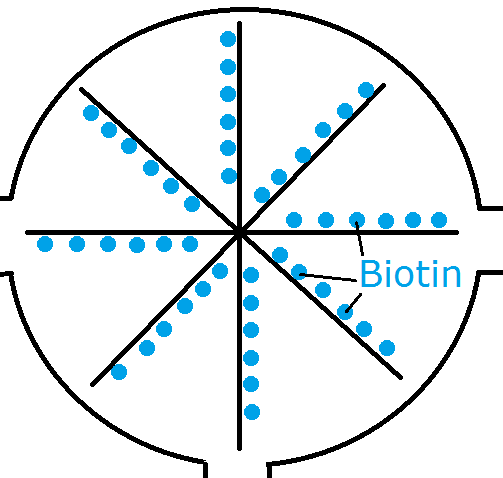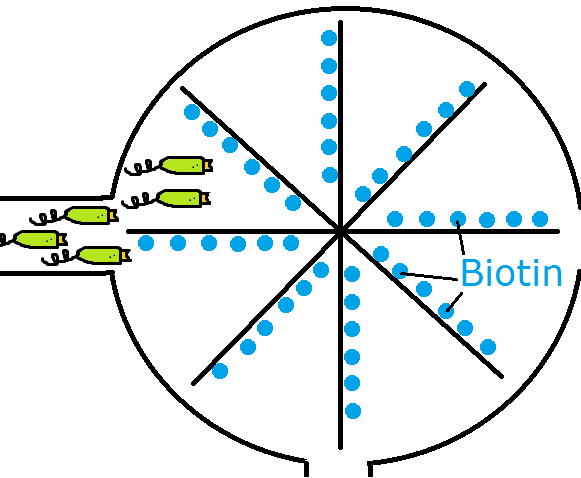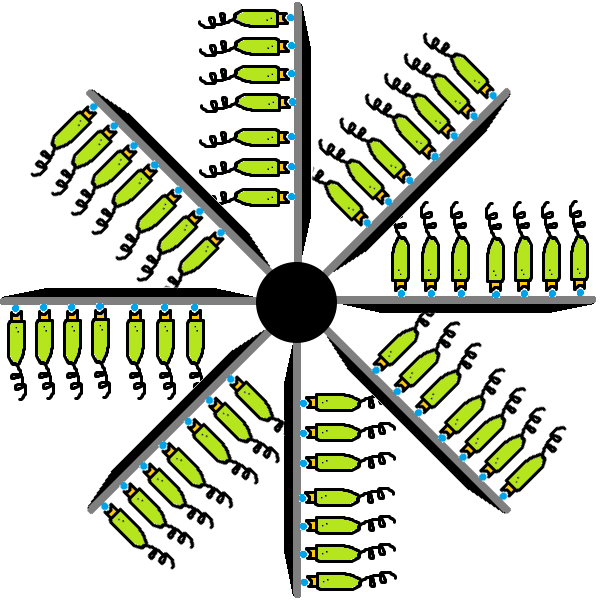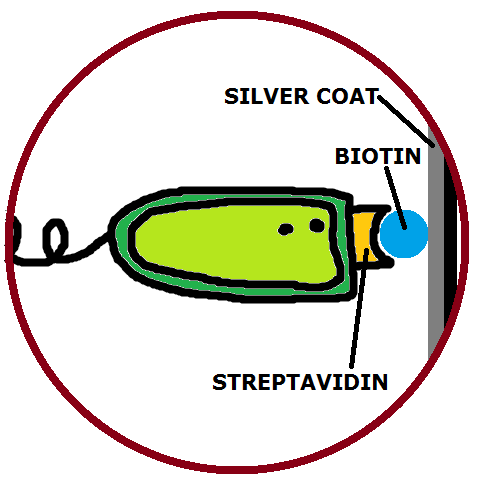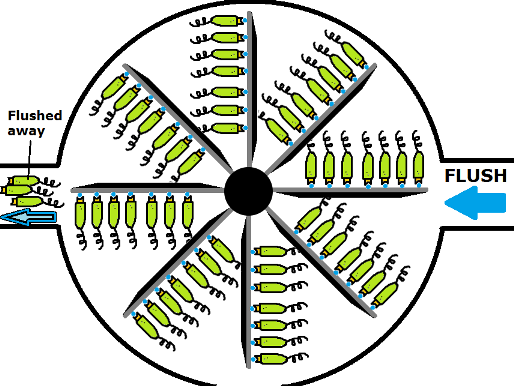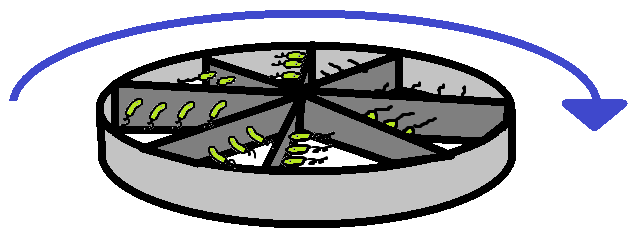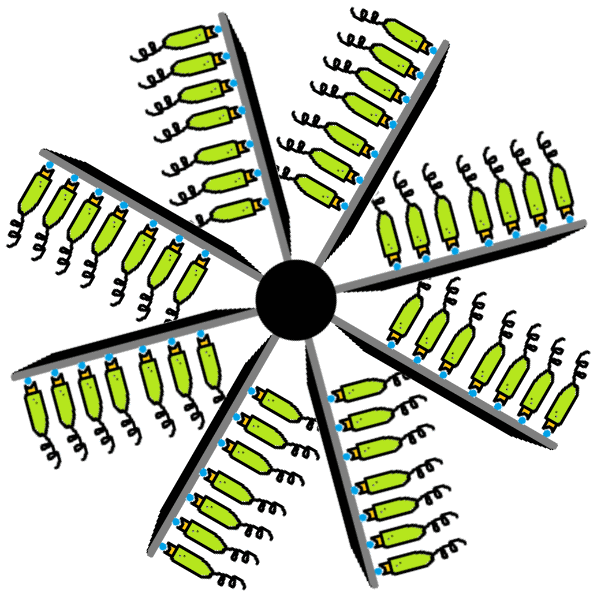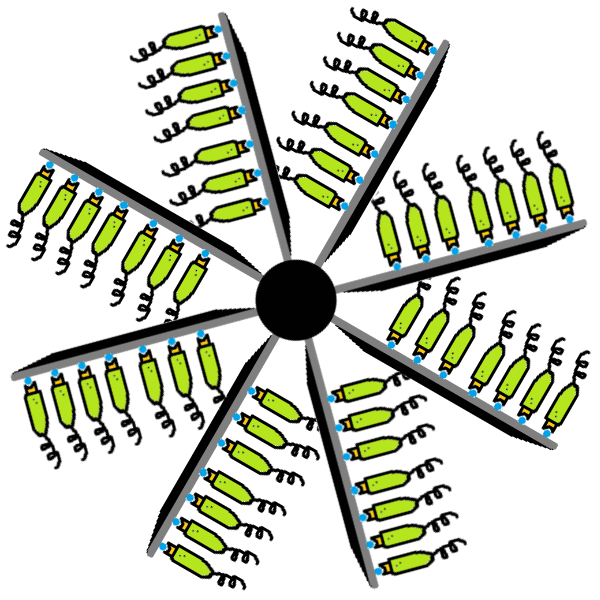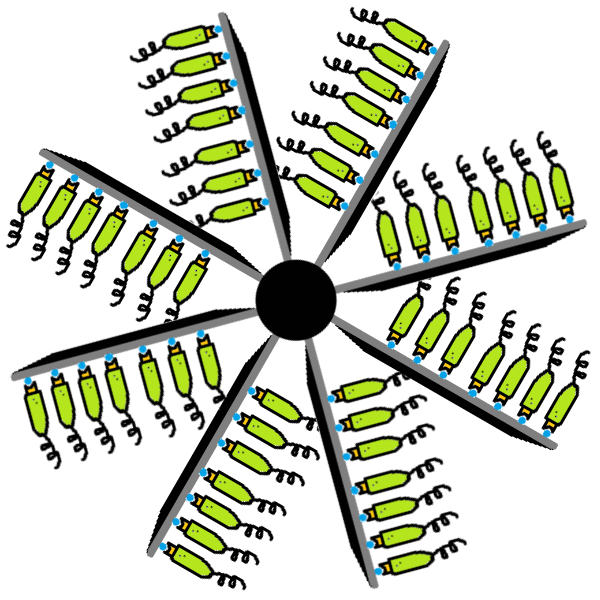Team:HKU-HKBU/Assembly
From 2009.igem.org
Contents |
Assembly of BactoMotor
In this page, we will show you how our final product - the BactoMotor is assembled from our three modules.
Introduction
Our BactoMotor is comprised of three parts – the Micro-Motor; the Directional Controller and the Speed Controller.
As their names indicate, the Micro-Motor is the core part of the Motor, and it is small (micrometer scale). The Directional Controller ensures directional propulsive force generated by the bacteria, and therefore directional rotation of the motor. The Speed Controller is used to implement a speed control over the motor.
After final assembly, we would have a micrometer-scale BactoMotor which has unidirectional rotation and speed adjustment controls.
Prodecures
Step 1. Installation of Micro-Motor
The Micro-Motor will be installed into a microchip container (Fig.1a, 1b) with separated chambers. Only one side of the arms of the motor is coated with Biotin (for the Directional Controller Module).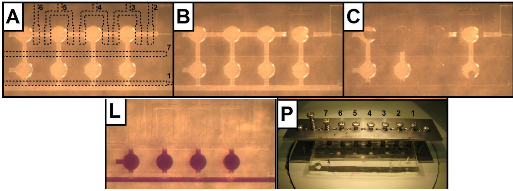
Fig.1a: Photos of the microchips for micro-motor installation; A: A photo showing the chambers and the valve systems; B: Valve 3 closed; C: Valves 4, 5, 6 and 7 are closed while water is injected into the channel; L: Valve 1 and 7 closed, enclosing the crystal violet solution in the lower 4 chambers; P: The photo of the chamber system
Step 2. Introduction of Bacteria
The Bacteria with both Directional Controller and Speed Controller Modules implemented will be introduced to the Micro-Motor (Fig.2).Step 3. Action of Directional Controller
Under the effect of the Directional Controller, the Bacteria will bind onto the Micro-Motor directionally. (Fig.3a, 3b)Step 4. Removing Excessive Bacteria
The extra bacterial cells will be removed by medium flush. (Fig. 4)Step 5. BactoMotor in Action
As the Bacteria swims, they will push the motor into rotation. (clockwise as demonstrated in Fig. 5a, 5b)Step 6. Using the Speed Controller
To utilize the Speed Controller Module, an inducer is added to the Microchip containing the Micro-Motor. Increase in concentration of the inducer will lead to an overall increase in rotational speed of the Bacto-Motor. (Fig. 6a, 6b)
Sponsors
 "
"

